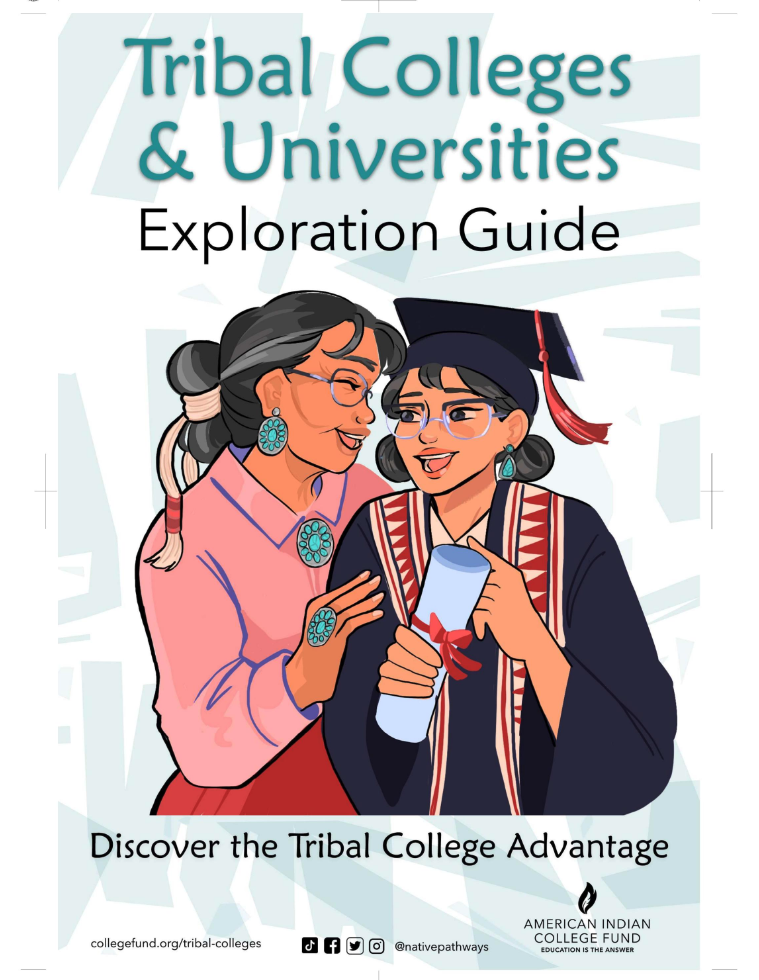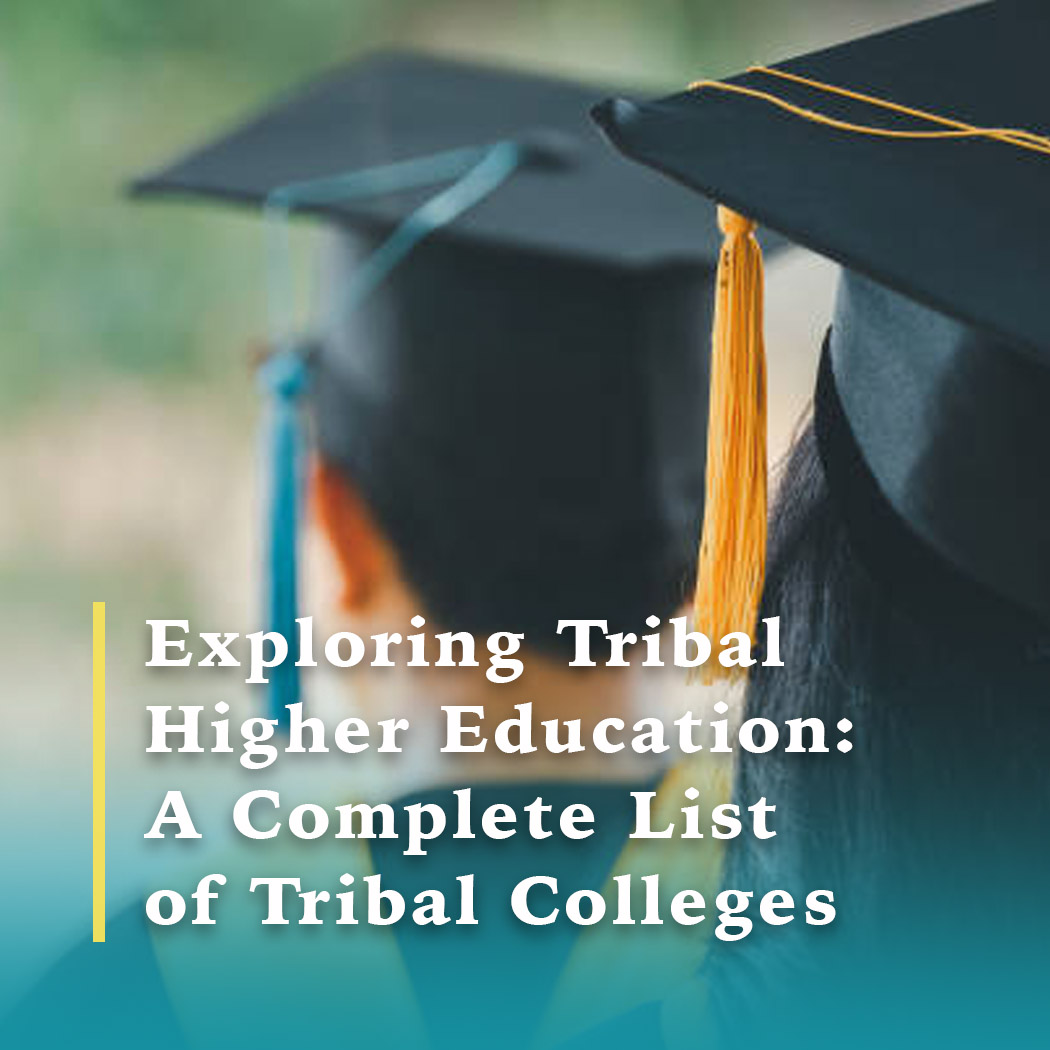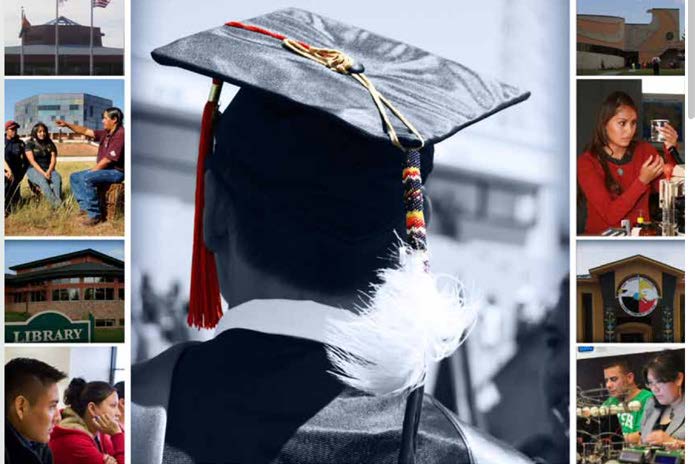
Guardians of Heritage, Catalysts of Change: The Indispensable Role of Tribal Colleges and Universities
By
Nestled across the vast and varied landscapes of Native America, from the windswept plains of Montana to the sun-renched deserts of Arizona, a network of unique educational institutions stands as a testament to resilience, self-determination, and the enduring power of culture. These are the Tribal Colleges and Universities (TCUs), more than mere academic centers; they are cultural anchors, economic engines, and beacons of hope for Indigenous communities often overlooked by mainstream higher education. In an era where the call for diversity, equity, and inclusion resonates louder than ever, understanding the profound and multifaceted role of TCUs is not just important—it is essential for grasping the future of Indigenous sovereignty and the broader American educational landscape.
The story of TCUs is deeply intertwined with the history of Native American self-determination. For centuries, Indigenous peoples endured systematic attempts at cultural eradication through forced assimilation policies, most notoriously the boarding school era, where Native children were stripped of their languages, traditions, and identities. It was not until the civil rights movements of the 1960s and 70s, coupled with growing calls for tribal self-governance, that the idea of Indigenous-controlled higher education began to take root. The first TCU, Navajo Community College (now Diné College), was founded in 1968, marking a pivotal moment: a declaration by Native nations that they would educate their own, on their own terms, integrating ancestral knowledge with Western academic rigor.
Today, there are 37 TCUs operating across 16 states, serving over 30,000 students annually, primarily on or near reservations. These institutions are chartered by their respective tribal governments and are accredited by the same regional bodies that accredit other U.S. colleges and universities. Yet, their mission extends far beyond traditional academia, encompassing cultural preservation, community development, and the holistic well-being of Indigenous peoples.
Academic Excellence with a Cultural Heartbeat

One of the primary roles of TCUs is to provide accessible, high-quality higher education to Native American students who often face significant barriers to attending mainstream institutions. Many TCUs are located in remote, rural areas, making them the only viable option for students who cannot afford to relocate or leave their families and communities. The student population at TCUs is largely non-traditional, comprising working adults, parents, and first-generation college students, many of whom arrive with varied academic backgrounds.
TCUs excel at meeting these students where they are. They offer smaller class sizes, culturally sensitive faculty and staff, and robust support services designed to address the unique challenges faced by their students. Academic programs are often tailored to local tribal needs and priorities. For instance, Blackfeet Community College in Montana offers a unique "Bison Management" program, reflecting the tribe’s commitment to restoring the iconic animal to their lands. Similarly, many TCUs offer degrees in tribal law, Native American studies, and renewable energy, directly preparing students for careers that will benefit their communities.
"Our students come to us with a deep connection to their heritage, but often with little exposure to higher education," says Dr. Cynthia Lindquist, President of Cankdeska Cikana Community College. "We don’t just teach them skills; we empower them to be leaders, to bring their knowledge back to their nations. We are creating a pipeline of talent that understands both the challenges and the immense potential within our communities."
Guardians of Language and Culture
Perhaps the most distinctive and profound role of TCUs is their unwavering commitment to cultural preservation and revitalization. In many Native American communities, Indigenous languages are critically endangered, with only a handful of elders remaining as fluent speakers. TCUs have become vital sanctuaries for these languages, offering immersive language programs, developing curricula, and training new generations of speakers and teachers.
At institutions like Sitting Bull College in North Dakota or Northwest Indian College in Washington, students don’t just learn about their culture; they live it. Traditional ceremonies, storytelling, arts, and crafts are integrated into the curriculum and campus life. Elders serve as respected faculty members, sharing their wisdom and oral histories, ensuring that ancient knowledge systems are not lost but passed down to future generations. This cultural grounding provides students with a strong sense of identity and purpose, fostering a pride that often leads to greater academic success and community engagement.
"Mainstream universities often teach about Native American history and culture from an external perspective," explains a student at Oglala Lakota College. "Here, it’s our history, our culture, taught by our people. It’s not just academic; it’s personal. It’s healing." This deep cultural immersion helps counteract the historical trauma of assimilation and reinforces tribal sovereignty by strengthening cultural self-determination.
Economic Engines and Community Catalysts
Beyond academics and culture, TCUs play a crucial role in the economic development and self-sufficiency of tribal nations. Many reservations face high unemployment rates and limited economic opportunities. TCUs address this by providing workforce training, vocational programs, and entrepreneurial education that directly respond to local labor market needs. Graduates often fill critical roles in education, healthcare, public administration, and natural resource management within their own communities.

For example, many TCUs offer nursing programs, producing nurses who are culturally competent and committed to serving their own people, thereby addressing chronic healthcare disparities on reservations. Others focus on sustainable agriculture, small business development, or infrastructure management, providing the skilled labor and leadership necessary for tribal enterprises to thrive. By creating a locally educated workforce, TCUs reduce reliance on external expertise and foster a more robust, self-sustaining tribal economy.
Furthermore, TCUs themselves are significant employers on reservations, providing stable jobs for faculty, staff, and administrators, often becoming one of the largest employers in their respective regions. They also attract external funding and partnerships, bringing resources into communities that might otherwise be overlooked.
Challenges and the Path Forward
Despite their undeniable success and vital contributions, TCUs face significant challenges, primarily chronic underfunding. While recognized by the federal government, TCUs receive substantially less per-student funding than their mainstream counterparts. This disparity impacts everything from infrastructure and technology to faculty salaries and program development. Many TCUs operate with aging facilities, limited access to high-speed internet—a critical need for remote learning—and rely heavily on precarious grant funding.
"We do so much with so little," laments a TCU president, who wished to remain anonymous to speak candidly about funding issues. "Our students deserve the same resources and opportunities as any other student in this country. Investing in TCUs is not charity; it’s an investment in the future of our nations and the future of America."
Beyond funding, TCUs grapple with the unique challenges of serving isolated communities, including limited K-12 preparation for some students, high poverty rates, and the profound impact of historical trauma. Despite these hurdles, TCUs consistently demonstrate remarkable resilience and innovation, adapting their programs and support services to meet the evolving needs of their students and communities.
The Enduring Legacy
The role of Tribal Colleges and Universities extends far beyond the traditional metrics of higher education. They are living symbols of Indigenous resilience, intellectual sovereignty, and cultural renewal. They provide a safe and nurturing environment where Native American students can pursue academic excellence without sacrificing their identity. They are the primary custodians of endangered languages and ancestral knowledge, ensuring that the wisdom of generations is preserved and celebrated. They are vital engines of economic development, empowering tribal nations to build sustainable futures on their own terms.
In a nation still grappling with its colonial past and striving for a more equitable future, TCUs stand as powerful models of what culturally relevant, community-centered education can achieve. Supporting and strengthening these institutions is not just an act of justice; it is an investment in the rich tapestry of American culture, in the potential of Indigenous youth, and in the promise of a future where self-determination and cultural integrity thrive. As the world increasingly recognizes the value of diverse perspectives and sustainable practices, the lessons and leadership emerging from Tribal Colleges and Universities offer invaluable guidance for us all.


